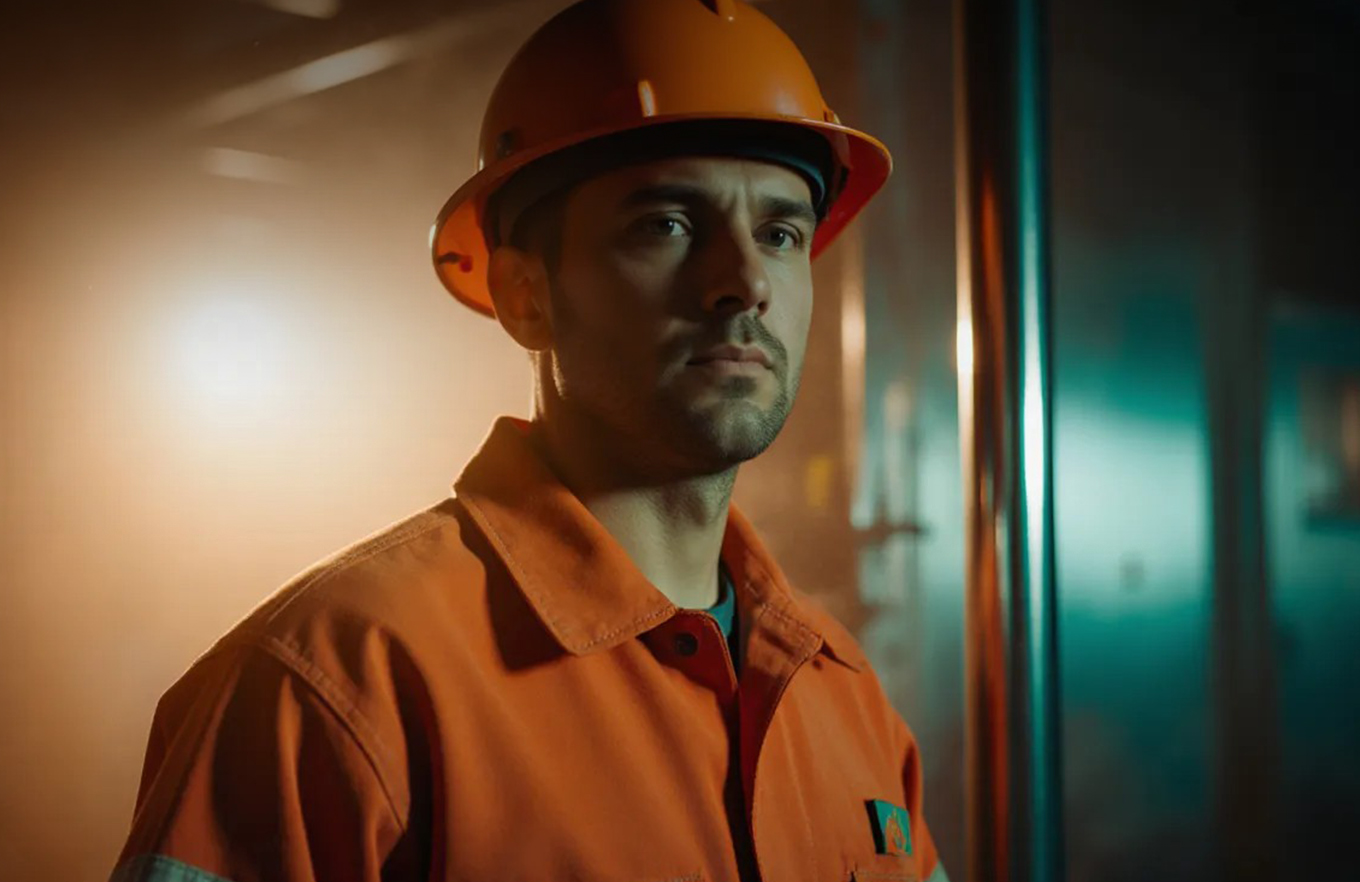
Learn expert care hacks to extend the lifespan of your flame-resistant workwear while maintaining its safety and performance.
Flame-resistant workwear is more than just a uniform; it is a life-saving layer of protection for workers in high-risk industries. Whether used in oil and gas, electrical, or manufacturing sectors, the integrity of this gear directly impacts safety. For this reason, maintaining flame-resistant workwear properly is as important as purchasing it from a trusted supplier. Improper cleaning or storage can reduce its effectiveness and shorten its service life. With the right care techniques, companies can preserve both the safety features and the professional appearance of their garments, ensuring their investment continues to deliver value.
Flame-resistant workwear is designed to protect workers from sudden exposure to flames, heat, or arc flashes. However, like any specialized protective clothing, its performance relies on the condition of its fibers and coatings. When neglected, even the highest-quality garment from companies like Samad Outerwear can fail prematurely. This makes it critical for safety managers and workers alike to understand that proper care is not optional; it is an integral part of workplace safety protocols.
The secondary benefit of correct maintenance is cost efficiency. Industrial workwear, especially custom workwear uniforms, represents a significant investment. Maximizing its lifespan allows organizations to optimize budgets without compromising safety.
To care for flame-resistant workwear effectively, one must first understand how it functions. Unlike traditional clothing, flame-resistant garments are made from inherently resistant fibers or treated fabrics designed to self-extinguish when exposed to flame. Their ability to protect the wearer depends on maintaining the integrity of these fibers over time. Harsh chemicals, high-heat drying, or abrasive washing cycles can weaken the garment’s structure, reducing its protective properties.
This is why top manufacturers, including OEM and industrial workwear suppliers, emphasize specific care instructions, guidelines that are often overlooked but crucial to garment performance.
Strong detergents and bleach may remove stains quickly, but at the expense of the fabric’s flame resistance. Over time, this compromises the garment’s ability to perform under heat stress.
Many companies fail to educate workers about proper cleaning methods. Even high-end garments from Samad Outerwear can lose efficiency when washed incorrectly.
High dryer settings cause fabric shrinkage and fiber degradation, significantly reducing service life. Instead, low heat or air-drying methods are recommended.
Rather than using bleach, opt for a mild stain remover approved for flame-resistant fabrics. Applying it before washing prevents the need for aggressive detergents later.
Hot water can weaken flame-resistant treatments and cause fading. Cool or warm water maintains the garment’s integrity while still ensuring cleanliness.
This minimizes friction during the wash cycle, reducing pilling and protecting reflective elements on custom workwear uniforms.
Avoid damp environments that can cause mildew or strong sunlight that can fade fabrics. Hanging garments ensures their shape remains intact.
Instead of wearing the same set daily, rotate multiple sets to allow even wear and extend the lifespan of each piece. Samad Outerwear recommends this practice to all its clients.
Maintaining flame-resistant workwear properly is not solely about longevity; it directly impacts worker safety. A damaged garment may not provide adequate protection, increasing the risk of severe injury. By following best practices, companies can ensure compliance with safety regulations while also reducing replacement costs.
Furthermore, clean and well-maintained workwear improves employee morale and projects a professional image. When combined with custom workwear uniforms, it also reinforces brand identity, making it a valuable part of an organization’s overall image.
Even with the best care, every garment has a finite lifespan. Indicators that it is time to replace include thinning fabric, visible holes, or fraying seams. Discoloration from chemical exposure or persistent odors after washing can also signal reduced protective performance.
A proactive inspection program ensures damaged garments are replaced before they put workers at risk. Samad Outerwear suggests conducting quarterly inspections for high-use garments in industries with frequent exposure to heat and sparks.
Combining proper cleaning methods, safe stain removal, correct drying, and organized storage can significantly increase the service life of flame-resistant workwear. By taking a proactive approach, companies not only protect their employees but also preserve the investment made in their uniforms. The long-term benefits of reduced replacement costs, enhanced safety, and a professional appearance make proper maintenance an essential business practice.
Protect your team and investment. Contact us today for expert advice on sourcing and caring for your flame-resistant workwear.
Flame-resistant workwear is an indispensable part of occupational safety, but its protection is only as reliable as its condition. With proper maintenance, garments from trusted companies like Samad Outerwear can serve their purpose for years, maintaining both safety and brand image. In high-risk industries, attention to care is more than good practice; it is a life-saving measure.
Flame-resistant workwear should be washed after each use to remove dirt, grease, and flammable residues without compromising its protective properties.
Yes, but only with solvents approved by the manufacturer, as some chemicals can degrade flame resistance.
Yes, but always use a low-heat setting to avoid damaging the fabric’s protective fibers.



